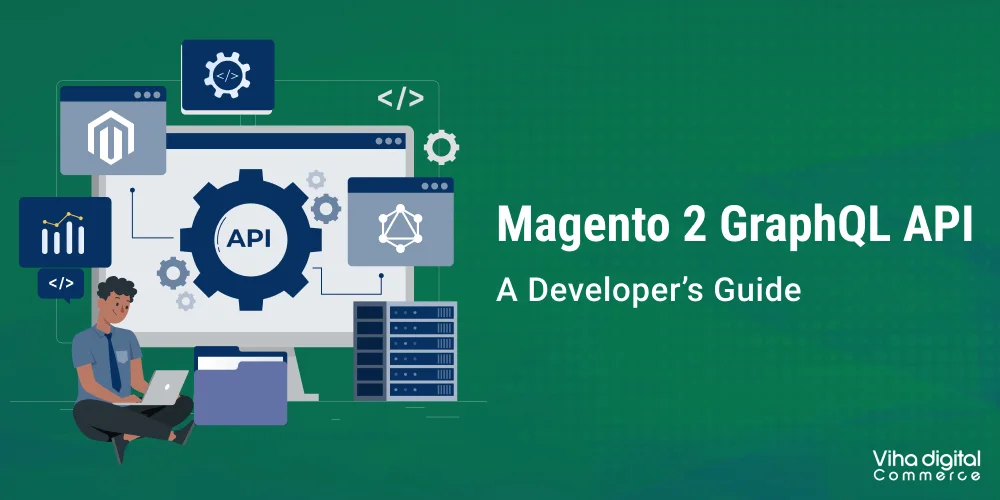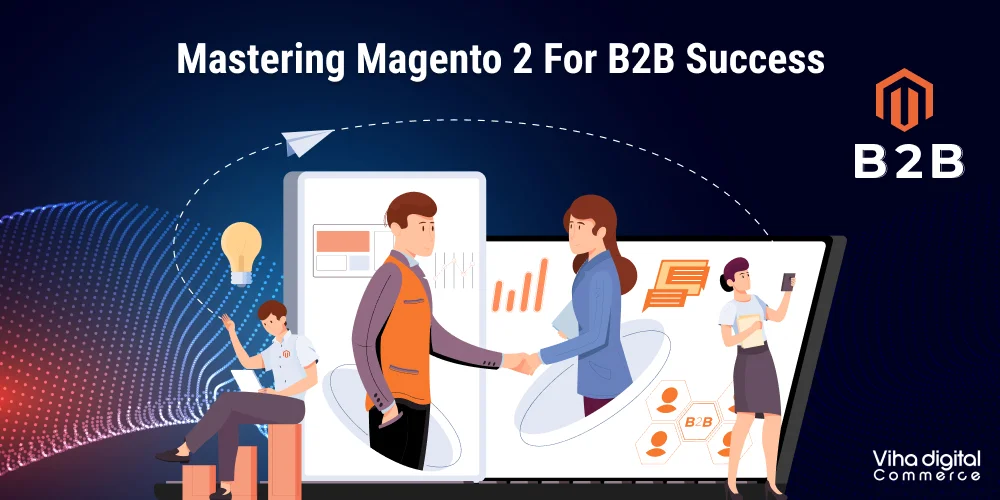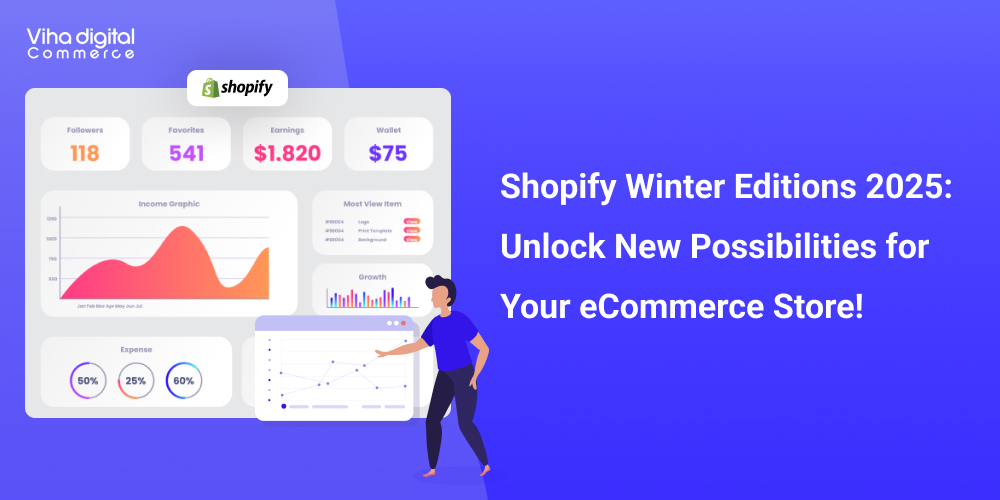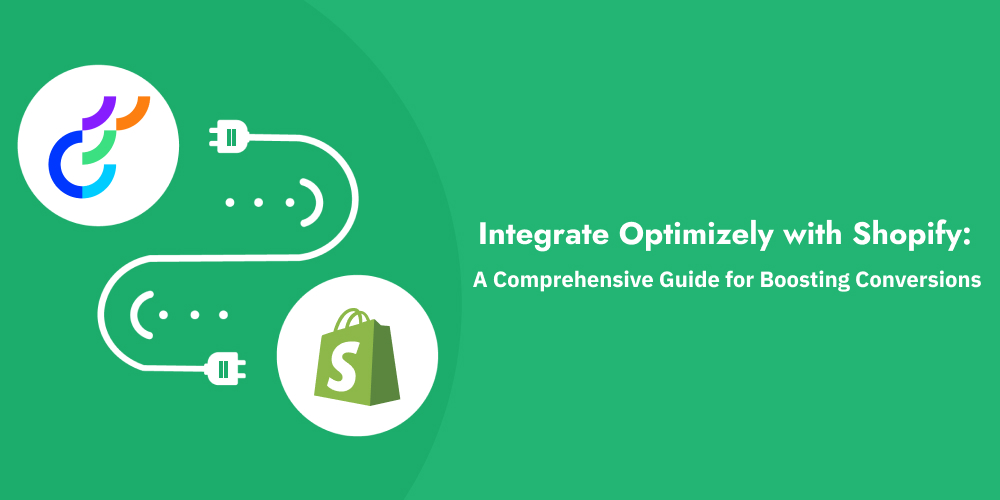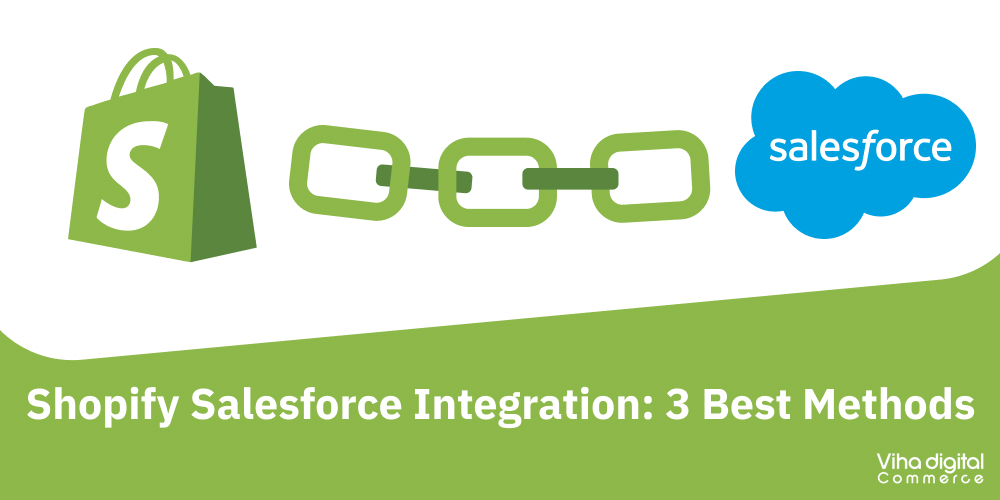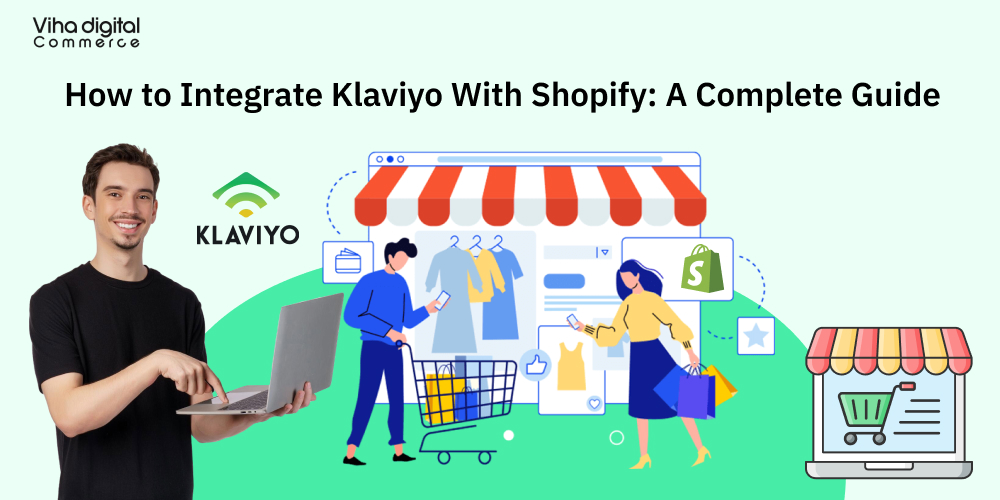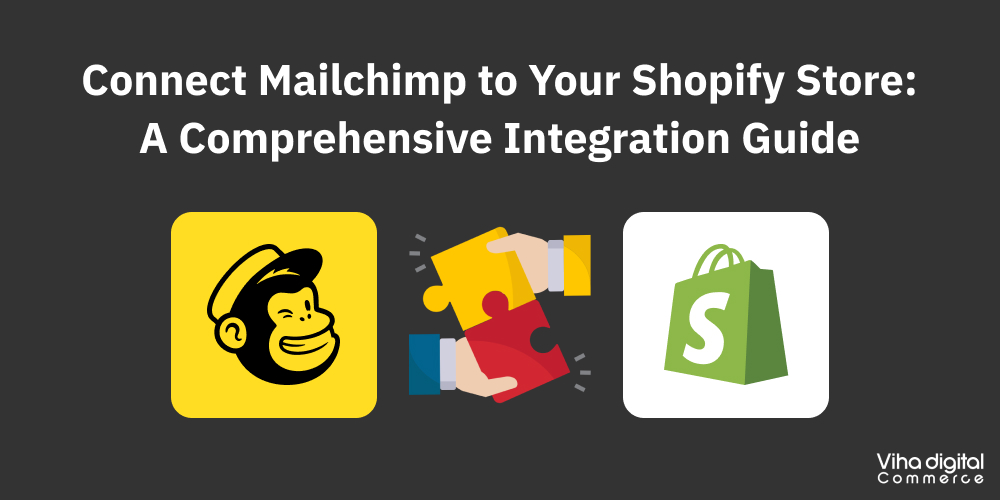
Connect Mailchimp to Your Shopify Store: A Comprehensive Integration Guide
Email marketing is one of your most effective weapons to drive engagement and make more sales if you are an eCommerce business owner. This integration of the strong Shopify eCommerce solution with Mailchimp’s powerful email marketing tools is a highly effective one that will help you gain customer loyalty, improve the conversion rate, and automate your marketing campaign. Here, you’ll learn how to Shopify Mailchimp integration and sync, as well as properly use Shopify email marketing.
Why to Integrate Mailchimp with Shopify
Basically, sync Mailchimp with Shopify stores has many advantages such as the following: it provides an easy and efficient way of marketing, customer segmentation and timing when getting to the right customer with the right message. It helps you to synchronize the customer information, history of purchases and product characteristics so that you are able to create good campaigns. Here are some of the top benefits:
Streamlined Communication: Use Mailchimp to segment our Shopify customers and send them relevant and personalized emails.
Data Synchronization: Connect your store with Mailchimp so your mailing lists reflect the contacts to use for marketing with your store.
Increased Conversions: Optimize your practice of cart abandonment to increase customer interaction, targeted offers and the utilization of automation.
Powerful Analytics: Use Mailchimp analytics’ options to get more information about your emails and customers’ preferences.
How to Connect Mailchimp to Shopify
How to connect Mailchimp to Shopify and it can be done within a few steps. Here is a simple guide to assist you should you be in a similar situation and need to know how to start.
Step 1: Introduce a Third Party Integration Application
Because Shopify does not allow the direct connection between the platform and Mailchimp, you will have to use an app. These apps work as a mediator to help you synchronize your data from your Shopify store to Mailchimp. Some of the most used apps are ShopSync, Automate.io and Zapier. Here’s how to get started with a third-party integration app:
1. Log in to Your Shopify Store: It is located in the Shopify Apps section in your Shopify backend.
2. Search for an Integration App: Search for “ShopSync” or any other app that is compatible with Mailchimp. ShopSync is free and very simple to install, which is probably why it is so popular.
3. Install the App: Go to the Apps section and click Add App to install it on your Shopify store as guided.
Step 2: Integrate the Integration App with Mailchimp
After installation, it is now the time to integrate the app with your Mailchimp account. Here’s how:
1. Log in to the Integration App: Click on the app icon that is installed on your Shopify dashboard.
2. Connect to Mailchimp: After that, the app will guide you to enter your Mailchimp account details.
3. Grant Permissions: Give the app permission to interact with your Mailchimp account and grant the required permissions to sync the data.
Step 3: Configure Sync Settings
Once you have integrated Mailchimp with Shopify, you have to set your sync preferences.
1. Choose Your Audience: Choose which of the Mailchimp audiences you want to connect with your Shopify customers.
2. Set Up Data Sync Preferences: Determine what data should be synchronized, for example, customer data, purchase history, product details, etc.
3. Enable Automatic Updates: Set up the app to sync your Mailchimp audience with new customers signing up or changes in the Shopify store.
Step 4: Set Up Automated Workflows in Mailchimp
With integration in place, you can now create email automation in mailchimp which is an important aspect of shopify email marketing. Automation helps you to send messages to customers depending on their activities in the store. Here are some essential workflows to set up:
Welcome Series: Welcome new subscribers with several emails informing them about your brand and the products you offer.
Abandoned Cart Recovery: Remind customers who abandoned their carts, that is, customers who added products to their cart but did not buy them.
Post-Purchase Follow-Up: Interact with customers after they have bought something from your store, asking them to write a review or recommending them other products.
Step 5: Campaigns for Shopify Email Marketing
That is it, your Shopify store is connected to Mailchimp and you can now start creating specific campaigns. Here are some tips for effective Shopify email marketing:
Segment Your Audience: Segment your customers using Mailchimp’s segmentation tools based on the number of purchases, frequency of visits, or age. This enables you to send relevant content.
Highlight Product Recommendations: Add in product suggestions into the emails to boost the cross-sell and upsell ratio.
Promote Special Offers: Use coupons and special offers to target the best customers and to make sure they will continue to purchase your products.
Maximizing Your Shopify and Mailchimp Integration
Integrating Mailchimp with Shopify doesn’t just end with setting up basic workflows and campaigns. Here are additional ways to maximize this integration:
1. The fourth recommendation is to take advantage of advanced customer segmentation.
Mailchimp has advanced features of segmentation that enable you to split your customers into different categories. Through this approach of segmenting your audience from your Shopify store, you can target each segment with content that will feel most relevant to them.
2. Make Data Analytics for Insight
Shopify and Mailchimp provide statistics to enable you to evaluate the success of your campaigns. Through open rate, click through rate, and conversion rate, one can be able to adjust the email marketing strategies in order to fit the needs of the audience.
3. Maximize on Abandoned Cart Recovery
Cart abandonment emails are one of the most effective techniques of regaining lost sales. Mailchimp’s automation feature allows creating of effective reminders that will help to nudge the customer to complete the purchase. Another way to encourage the sale would be to give the customer a lower price for a limited amount of time.
4. Connect with Shopify Development Services
If you are a business that is interested in moving past the basic email marketing, working with Shopify Development Services will allow a business to develop solutions that are specific to its needs. A Shopify development team can help in designing Mailchimp integration, customer journey and complex tracking for marketing purposes.
5. Multichannel Marketing: An Overview
With Mailchimp you can send your campaigns through email, social media and even through retargeting ads. When your data is connected to Shopify, you can expand your campaigns to other channels to remind customers about your brand.
Troubleshooting Common Issues
Sometimes, users may encounter issues when trying to sync Mailchimp with Shopify stores. Here are a few common problems and how to address them:
Sync Errors: Make sure all the necessary permissions are provided in the third-party integration app to prevent data sync problems.
Duplicate Contacts: If you find out that there are similar contacts in your Mailchimp audience, it is advisable to look at the sync options and look at the options regarding the contact management.
Email Delivery Issues: It is also important that you check that you have the right authentication in Mailchimp including DKIM and SPF for better delivery of emails.
Final Thoughts on Shopify Mailchimp Integration
Shopify Mailchimp Integration can be very effective in determining the success of your email marketing. If done properly, you can take advantage of the automation of different processes, properly divide your audience, and obtain useful data that will help you enhance the interaction with customers. Whether you are aiming at boosting the number of your sales or enhancing customers’ retention, Mailchimp and Shopify integration is a great idea for any eCommerce company.
If you want to set up or if you are in doubt as to how to go about running the integration, there are Shopify Development Service providers out there. They can assist you with the integration, the general workflow and the further setup of your eMail campaigns for improved results.
Now that you have read this guide, you know exactly how to integrate Mailchimp to your Shopify store and achieve great things with your Shopify email marketing. Start integrating today and see your eCommerce business grow!
